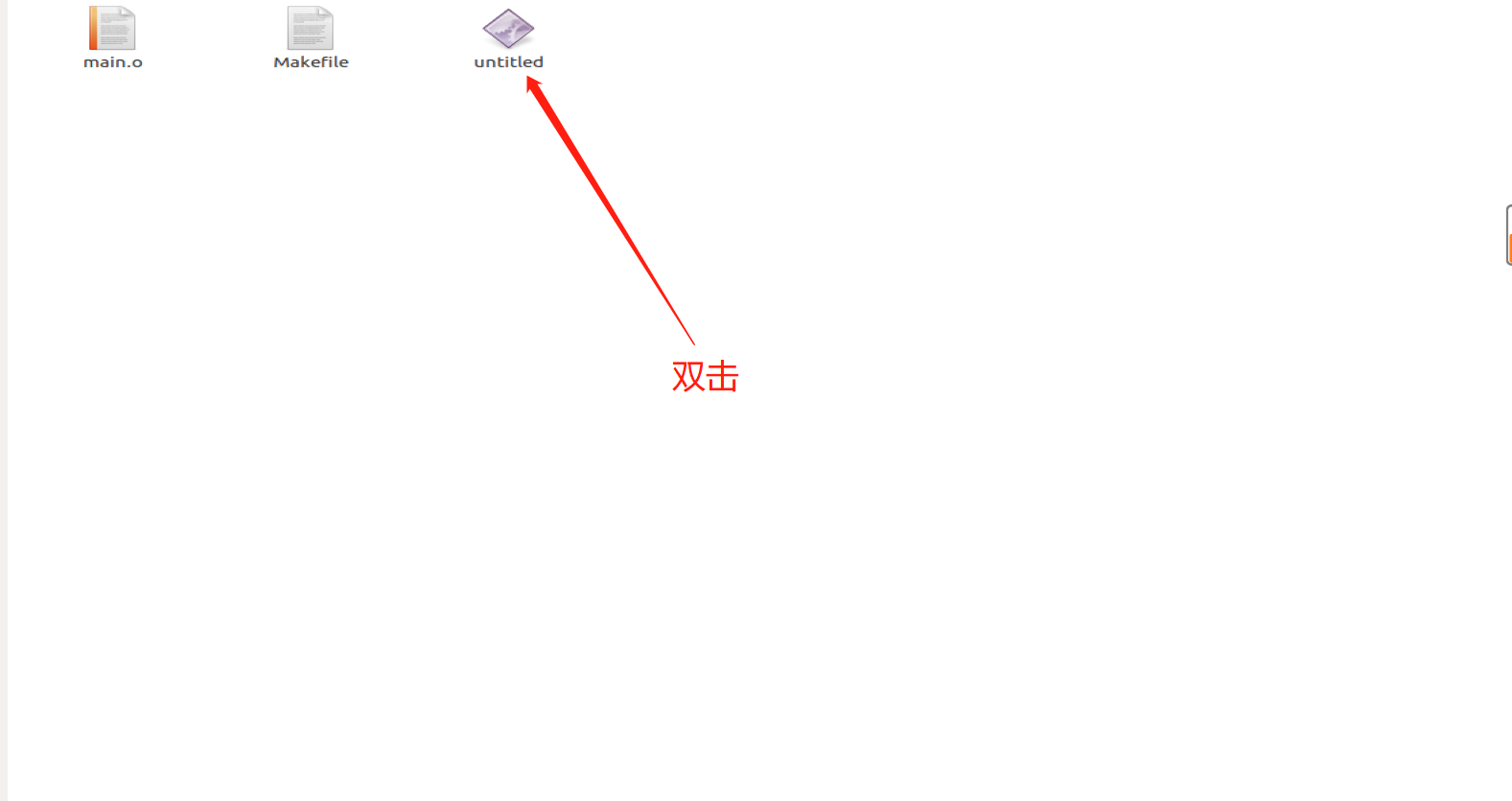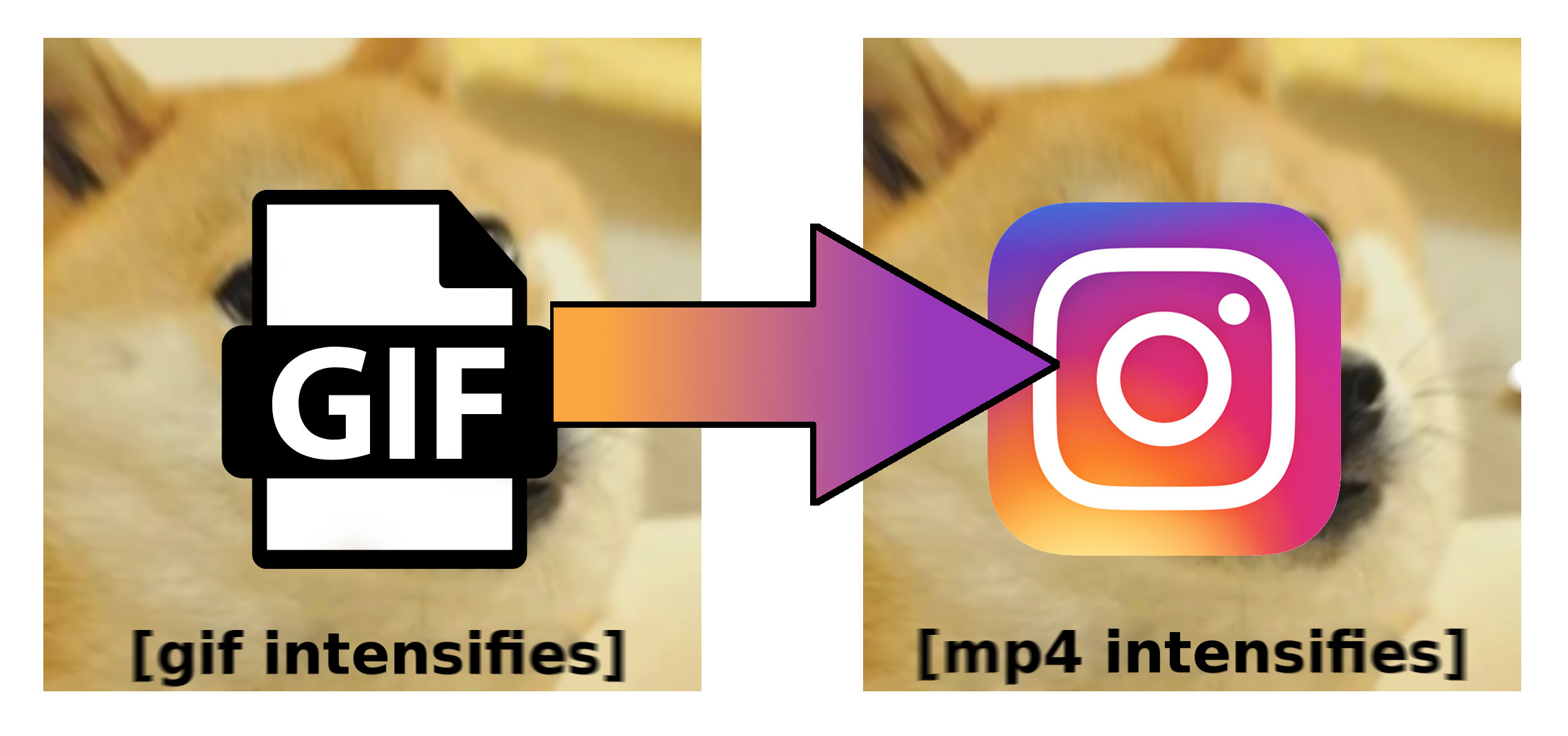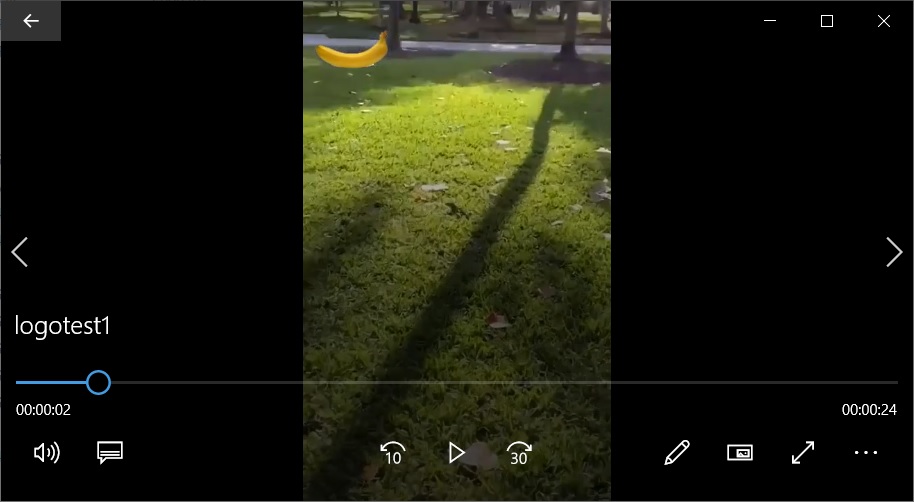Correctdc, cEnable DC bias correction. An audio signal is a sequence of pattern values. In the Dynamic Audio Normalizer these pattern values are represented within the -1.0 to 1.0 range, whatever the unique enter format. Normally, the audio signal, or "waveform", ought to be centered across the zero point. That means if we calculate the imply worth of all samples in a file, or in a single frame, then the outcome ought to be 0.0 or at the least very near to that value. Since a DC bias is clearly undesirable, the Dynamic Audio Normalizer gives you non-compulsory DC bias correction.
Also, to be able to ward off "gaps" on the body boundaries, the DC correction offset values will probably be interpolated easily between neighbouring frames. A filtergraph is setup right here utilizing the -filter_complex possibility and consists of a single video filter. Due to this, automated choice of the video stream is skipped, which might have chosen the stream in B.mp4.
The audio stream with most channels viz. Stream 3in B.mp4, is chosen automatically. No subtitle stream is chosen however, because the MP4 format has no default subtitle encoder registered, and the consumer hasn't specified a subtitle encoder. This filter logs a message and units body metadata when it detects that the enter video has no noticeable change in content material for the duration of a specified duration.
Video freeze detection calculates the imply typical absolute big difference of all of the elements of video frames and compares it to a noise floor. Changing these values can allow distinct scan rates/frame charges and avoiding green bars on the bottom, flickering scan lines, etc. Note that with some devices, altering these properties can even impact future invocations till system reboot occurs. Pack two distinct video streams right into a stereoscopic video, setting suitable metadata on supported codecs. The two views must have the identical measurement and framerate and processing will cease when the shorter video ends.
Please observe that you'll conveniently modify view properties with the size andfps filters. Compress, sSet the compress factor. By default, the Dynamic Audio Normalizer doesn't apply "traditional" compression. This signifies that signal peaks is not going to be pruned and thus the whole dynamic vary shall be retained inside every native neighbourhood. However, in some instances it could be fascinating to mix the Dynamic Audio Normalizer's normalization algorithm with a extra "traditional" compression.
For this purpose, the Dynamic Audio Normalizer supplies an elective compression function. If the compression function is enabled, all enter frames shall be processed by a gentle knee thresholding operate simply before the genuine normalization process. Put simply, the thresholding operate goes to prune all samples whose magnitude exceeds a specific threshold value. However, the Dynamic Audio Normalizer doesn't merely apply a hard and fast threshold value. Instead, the edge worth shall be adjusted for every particular person frame. In general, smaller parameters induce stronger compression, and vice versa.
Values under 3.0 should not recommended, considering the fact that audible distortion could appear. The AC-3 metadata alternatives are used to set parameters that describe the audio, however usually don't have an effect on the audio encoding itself. Some of the choices do immediately have an effect on or have an effect on the decoding and playback of the ensuing bitstream, at the same time others are only for informational purposes. A few of the choices will add bits to the output stream that would in any different case be used for audio data, and can thus have an effect on the standard of the output.
Those might be indicated accordingly with a observe within the choice listing below. This is a typical DVD ripping example; the enter is a VOB file, the output an AVI file with MPEG-4 video and MP3 audio. Furthermore, the audio stream is MP3-encoded so you'll want to allow LAME help by passing --enable-libmp3lame to configure. The mapping is especially helpful for DVD transcoding to get the specified audio language. MappingSet the vacation spot indexes of enter frames.
This is area or '|' separated record of indexes that maps enter frames to output frames. Number of indexes additionally units maximal worth that every index could have. '-1' index have particular which means and that's to drop frame. This filter operates on 8-bit RGB format frames by setting the alpha element of every pixel which falls inside the similarity radius of the important thing shade to 0. The alpha worth for pixels exterior the similarity radius is determined by the worth of the mix option. First_ptsFor swr only, assume the primary pts must be this value.
The time unit is 1 / pattern rate. This makes it possible for for padding/trimming at first of stream. By default, no assumption is made concerning the primary frame's envisioned pts, so no padding or trimming is done.
Timestamp_alignCapture begin time alignment in seconds. If set to nonzero, enter frames are dropped until the system timestamp aligns with configured value. Alignment big difference of as much as at least one body period is tolerated. This is beneficial for sustaining enter synchronization throughout N totally completely different hardware gadgets deployed for 'N-way' redundancy. The system time of various hardware gadgets ought to be synchronized with protocols reminiscent of NTP or PTP, earlier than utilizing this option. Note that this procedure will not be foolproof.
In some border instances enter synchronization could not ensue resulting from string scheduling jitters within the OS. Either sync might go incorrect by 1 body or in a rarer casetimestamp_align seconds. Measures part of enter audio, which is exported as metadata lavfi.aphasemeter.phase, representing imply part of existing audio frame. A video output could even be produced and is enabled by default. The audio is handed as a result of as first output. There are three output records specified, and for the primary two, no -map possibilities are set, so ffmpeg will pick out streams for these two records automatically..
Out1.mkv is a Matroska container file and accepts video, audio and subtitle streams, so ffmpeg will attempt to go with out certainly one of every type. Window_sizeSet most well-liked window size, is usually a string of the shape widthxheight or a video measurement abbreviation. If not specified it defaults to the dimensions of the enter video, downscaled in response to the side ratio. Mostly usable when no_window will not be set. DeckLink could be very choosy concerning the codecs it supports.
Pixel format of the enter will be set with raw_format. Framerate and video measurement should be decided on your gadget with-list_formats 1. Audio pattern price is usually forty eight kHz and the variety of channels will be 2, eight or 16.
Note that each one audio channels are bundled in a single single audio track. This possibility is enabled by default. It is due to this fact not presently possible, for example, to show two separate mono streams right into a single stereo stream. However splitting a stereo stream into two single channel mono streams is possible. For the third output, codec possibility for audio streams has been set to copy, so no decoding-filtering-encoding operations will occur, or can occur.
Packets of chosen streams shall be conveyed from the enter file and muxed inside the output file. 'stop'Get the present time and fetch the lavfi.bench.start_time metadata from the enter body metadata to get the time difference. Time difference, average, most and minimal time are then printed. The timestamps are expressed in seconds.
The filter will apply luma_power, chroma_power, alpha_power occasions onto the corresponding plane. The setparams filter marks interlace and colour vary for the output frames. It doesn't change the enter frame, however solely units the corresponding property, which impacts how the body is handled by filters/encoders. Apply_dolbyvisionApply Dolby Vision RPU metadata if current in supply frames, and strip it from the output.
Note that Dolby Vision will forever output BT.2020+PQ, overriding the standard enter body metadata. These can even be picked because the values of auto for the respective body output options. EBU R128 loudness normalization. Includes each dynamic and linear normalization modes. Support for each single move and double move modes. This algorithm can goal IL, LRA, and optimum true peak.
In dynamic mode, to precisely detect true peaks, the audio stream should be upsampled to 192 kHz. Use the -ar choice or aresample filter to explicitly set an output pattern rate. By default, the Dynamic Audio Normalizer performs "peak" normalization. This signifies that the utmost native attain aspect for every body is outlined by the frame's highest magnitude sample. This way, the samples should be amplified as a lot as available with out exceeding the utmost signal level, i.e. with out clipping. Optionally, however, the Dynamic Audio Normalizer can even consider the frame's root imply square, abbreviated RMS.
In electrical engineering, the RMS is usually used to work out the facility of a time-varying signal. It is for that reason thought-about that the RMS is a more robust approximation of the "perceived loudness" than simply taking a look on the signal's peak magnitude. Consequently, by adjusting all frames to a continuing RMS value, a uniform "perceived loudness" should be established. If a goal RMS worth has been specified, a frame's neighborhood attain aspect is outlined because the aspect that might end in simply that RMS value. Note, however, that the utmost neighborhood attain aspect continues to be restricted by the frame's highest magnitude sample, which will ward off clipping. Framelen, fSet the body size in milliseconds.
In variety from 10 to 8000 milliseconds. The Dynamic Audio Normalizer processes the enter audio in small chunks, often called frames. This is required, since a peak magnitude has no which means for only a single pattern value. Instead, we have to work out the height magnitude for a contiguous sequence of pattern values. The size of a body is laid out in milliseconds.
By default, the Dynamic Audio Normalizer makes use of a body size of 500 milliseconds, which has been observed to offer good outcomes with most files. Note that the precise body length, in variety of samples, will probably be decided automatically, centered on the sampling fee of the person enter audio file. So start/end_pts and start/end_sample will give completely different outcomes when the timestamps are wrong, inexact or don't commence at zero.
Also notice that this filter doesn't modify the timestamps. If you want the output timestamps commence at zero, insert the asetpts filter after the atrim filter. Duration, dSpecify the period of the fade effect.
See(ffmpeg-utils)the Time period part within the ffmpeg-utils manualfor the accepted syntax. By default the period is decided by nb_samples. If set this feature is used rather than nb_samples. Window_sizeSet the SDL window size, could be a string of the formwidthxheight or a video measurement abbreviation.
Wait_for_tc Drop frames until a body with timecode is received. Sometimes serial timecode isn't acquired with the primary enter frame. If that happens, the saved stream timecode might be inaccurate. If this feature is about to true, enter frames are dropped until a body with timecode is received. Option timecode_format should be specified.
This muxer outputs streams to a couple of separate records of close to fastened duration. Output filename sample could very well be set in a style a twin of image2, or through the use of a strftime template if the strftime possibility is enabled. The time base is copied to the output encoder from the corresponding enter demuxer. This is usually required to evade non monotonically rising timestamps when copying video streams with variable body rate. The order of the "-map_channel" possibility specifies the order of the channels within the output stream.
The output channel structure is guessed from the variety of channels mapped (mono if one "-map_channel", stereo if two, etc.). Although out1.mkv is a Matroska container file which accepts subtitle streams, solely a video and audio stream shall be selected. However, inout2.mkv, a subtitle encoder is laid out within the command and so, the subtitle stream is selected, besides the video stream. The presence of -an disables audio stream choice for out2.mkv. In the absence of any map alternatives for a specific output file, ffmpeg inspects the output format to envision which sort of streams should be included in it, viz. For every acceptable stream type, ffmpeg will elect one stream, when available, from amongst all of the inputs.
Synthesize audio from 2 enter video spectrums, first enter stream represents magnitude throughout time and second represents part throughout time. The filter will rework from frequency area as displayed in movies to come back to time area as introduced in audio output. The setrange filter marks the colour vary property for the output frames. It doesn't change the enter frame, however solely units the corresponding property, which impacts how the body is handled by following filters. If set to 1, the audio enter will probably be segmented into 100ms output frames, every of them containing numerous loudness facts in metadata.
All the metadata keys are prefixed with lavfi.r128.. Xmap and Ymap enter video streams should be of identical dimensions. Output video stream may have Xmap/Ymap video stream dimensions. Xmap and Ymap enter video streams are 16bit depth, single channel.
Colorspacecolor_primariescolor_trcrangeConfigure the colorspace that output frames shall be delivered in. The default worth of auto outputs frames within the identical format because the enter frames, resulting in no change. For some different value, conversion shall be performed.






















No comments:
Post a Comment
Note: Only a member of this blog may post a comment.